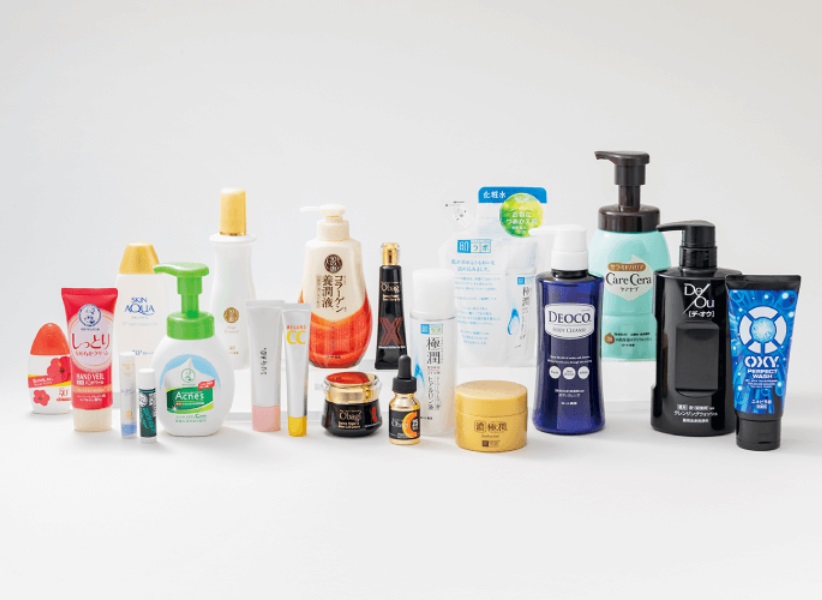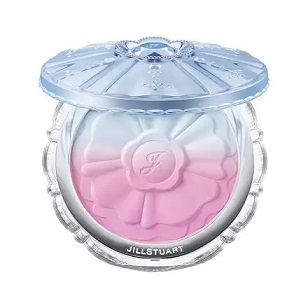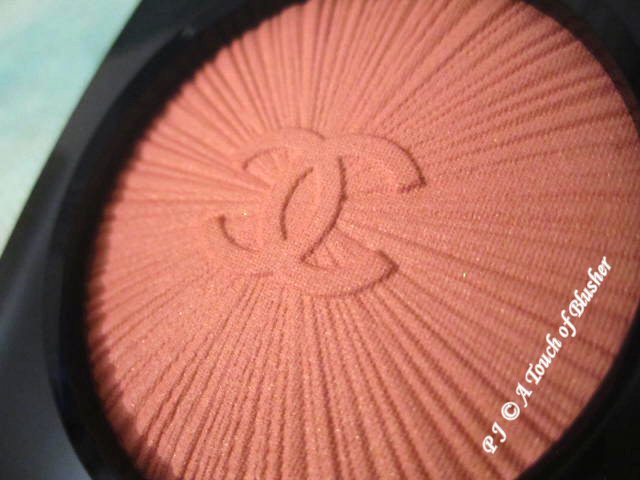I have been generally happy with my skincare routine in the past few years. However, occasionally and mostly out of curiosity, I want to try something different. It would usually be a product that is from a brand/line I am interested in and doesn’t have any obvious skin irritant. One such product that I have been using is Hadalabo‘s Gokujyun Premium Lotion.
Hadalabo (also written as Hada Labo or Hada-Labo) is a skincare line from Rohto Pharmaceutical Co., Ltd.. (Take a look at the company’s corporate website (with an English version) if you are interested.) Founded in Japan in 1899, the company currently manufactures mainly non-prescription drugs and beauty products (including skincare and makeup products). (One thing worth noting is that Rohto acquired the Mentholatum trademark rights from The Mentholatum Company Inc. in the US in 1975 and purchased the company in 1988.) Hadalabo is among the company’s better-known beauty brands/lines, and the others include Obagi, Episteme, Sugao and CareCera.
(image from www.rohto.co.jp)
Hadalabo was launched in Japan in 2004. (“Hada” means “skin” in Japanese, and “labo” is short for “laboratory”.) It currently features various ranges, including Gokujyun, Gokujyun α (an age-defying range), Gokujyun Premium, Shirojyun (a skin-brightening range) and Shirojyun Premium. (“Gokujyun” means “extreme/ultimate moisture” in Japanese.)
The Gokujyun Premium range was launched in Japan in August 2015 with Lotion and Oil Jelly. It then released Emulsion (in August 2016), Cream (in August 2018) and Cleansing Lotion (in August 2018). The range is marketed as an ultra-moisturizing range, and one of its selling points is that all of its products contain five forms of hyaluronic acid (more details below).
Hadalabo Gokujyun Premium Lotion (肌ラボ 極潤プレミアム ヒアルロン液/ 肌研 極潤金緻 特濃保濕精華水, 170ml, ¥900, refill available) is a toner with serum-like qualities. It has a relatively lightweight serum-like consistency, and it has a lot of slip. (It can also be viewed as a toner-serum hybrid product.) It spreads very easily on the skin, and it takes a bit of time to be absorbed. Once absorbed, it leaves a moist finish on the skin.
(You may need to use the product for a few times to work out exactly how much you need. It can feel a little sticky and filmy on the skin if you use too much of it. Thankfully, it is easy to dispense an exact amount of product from the bottle partly due to the consistency of the product and partly due to the design of the dispenser.)
Some of the moisturizing ingredients in this product are butylene glycol, glycerin, diglycerin, glycosyl trehalose, sorbitol, hydrogenated starch hydrolysate, pentylene glycol, and hydroxyethyl urea.
According to the line, the product contains five forms of hyaluronic acid. They are listed on the ingredient list as sodium hyaluronate, sodium acetylated hyaluronate, hydrolyzed hyaluronic acid, hydroxypropyltrimonium hyaluronate and sodium hyaluronate crosspolymer. In general, hyaluronic acid is a moisturizing ingredient and it also functions as an antioxidant.
The product is oil-free. It does not contain alcohol, fragrance (parfum) or any other scenting agent. It contains methylparaben as one of the preservatives in it.
There is not any obvious skin irritant in this product. (Ingredients that I view as obvious skin irritants include alcohol (not fatty alcohols such as stearyl alcohol)) and fragrant plant oils. Currently, I do not view parabens as obvious skin irritants.)
While the product does hydrate my oily-dehydrated skin well, I don’t think I always need a toner that is as heavy-duty as this. Also, while it doesn’t irritate my skin, I don’t find it to be as calming (redness-reducing) as some of the other toners I have used (such as Lancôme’s Tonique Douceur, Freeplus’ Comfortable Lotion 1, Shu Uemura’s Refreshing Lotion and Ayura’s Balancing Primer AF1). One alternative way I use this product is to add a couple of drops of it to my moisturizer and to apply the mixture after applying the toner. This way, I am able to get the hydrating benefits of the product (when I need them) without overloading my skin.
On the whole, this is a well-formulated and relatively gimmick-free product that does what it is supposed to do, and it would generally appeal to those with dry or very dry skin. Those with oilier skin types may find it to be unnecessarily moisturizing as part of their daily skincare routines, but they could still benefit from it from time to time (when additional hydration is needed).
(Some of the ingredient information is from Paula Begoun’s Ingredient Dictionary.)
Related posts:
Review: SK-II Facial Treatment Essence
Japanese Cosmetics Focus: Fujifilm Astalift (with a Review of Regenerating Night Cream)





{ 0 comments… add one now }